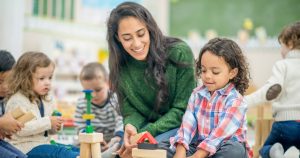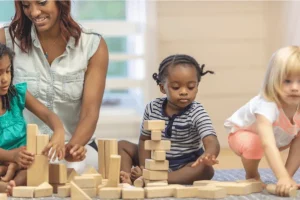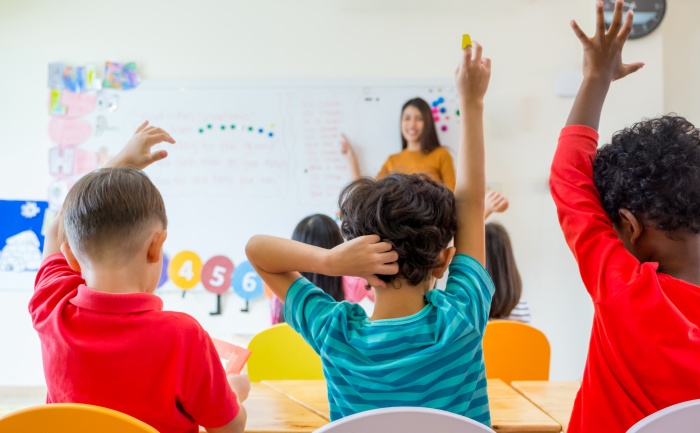Introduction:
Welcome, fellow educators and caregivers, to an exploration of a fundamental aspect of learning birth to age eight creating engaging spaces. In this article, we delve into the importance of crafting environments that foster learning with creativity, and holistic development for our youngest learners. With a focus on unlocking their potential. And we’ll navigate through strategies with insights, and practical tips to transform spaces into vibrant hubs of exploration and discovery.
Understanding Early Childhood Education For learning birth to age eight

Early childhood education spaces serve as more than mere settings for play and learning. And they are dynamic landscapes where young minds embark on their educational journey. These spaces play a pivotal role in shaping children’s experiences with their attitudes. And their behaviors towards learning. By understanding the significance of environment in early childhood development. But we are also pave the way for unlocking their full potential.
Designing Engaging Environments for learning birth to age eight
The design of early childhood education spaces is a blend of art and science, catering to the diverse needs and interests of young learners. From layout to materials with color schemes to sensory elements. And every aspect contributes to the overall ambiance and functionality of the space. By integrating principles of child development with accessibility. But inclusivity also create environments that captivate and inspire.
Promoting Play-based Learning

Play is the cornerstone of early childhood education, serving as a powerful tool for exploration with socialization. And we are also build their skills with the knowledge. In designing engaging spaces, we prioritize the integration of open-ended materials, imaginative play zones, and opportunities for both solitary and cooperative play. Through play, children unleash their creativity, curiosity, and innate desire to learn, fostering a love for lifelong learning.
Fostering Nature Connections
Nature holds a profound influence on children’s well-being and development. Integrating natural elements into early childhood education spaces offers myriad benefits, from promoting sensory exploration to instilling environmental stewardship. Whether through outdoor classrooms, nature-inspired indoor settings, or incorporating greenery and natural light, we cultivate connections with the natural world, nurturing a sense of wonder and respect.
Cultivating Collaboration and Community
Engaging spaces for early childhood education extend beyond the physical environment; they encompass a sense of belonging, collaboration, and community. By fostering positive relationships among children, educators, families, and the wider community, we create inclusive environments where every voice is valued, and diversity is celebrated. Through shared experiences and collaborative endeavors, we lay the foundation for a supportive learning ecosystem.
Conclusion:
As we conclude our journey through the realm of early childhood education spaces, let us reaffirm our commitment to unlocking the potential of every young learner. By embracing innovative design principles, promoting play-based learning, fostering connections with nature, and cultivating collaborative communities, we create spaces where children thrive and flourish. Together, let us continue to shape environments that inspire curiosity, ignite imagination, and lay the groundwork for a future filled with limitless possibilities.
Knowledge
Our insights are drawn from the expertise of Dr. Emily Johnson, an esteemed early childhood education specialist with over two decades of experience. Dr. Johnson’s research and practical work have contributed significantly to the understanding of the impact of environment on young children’s learning and development.




